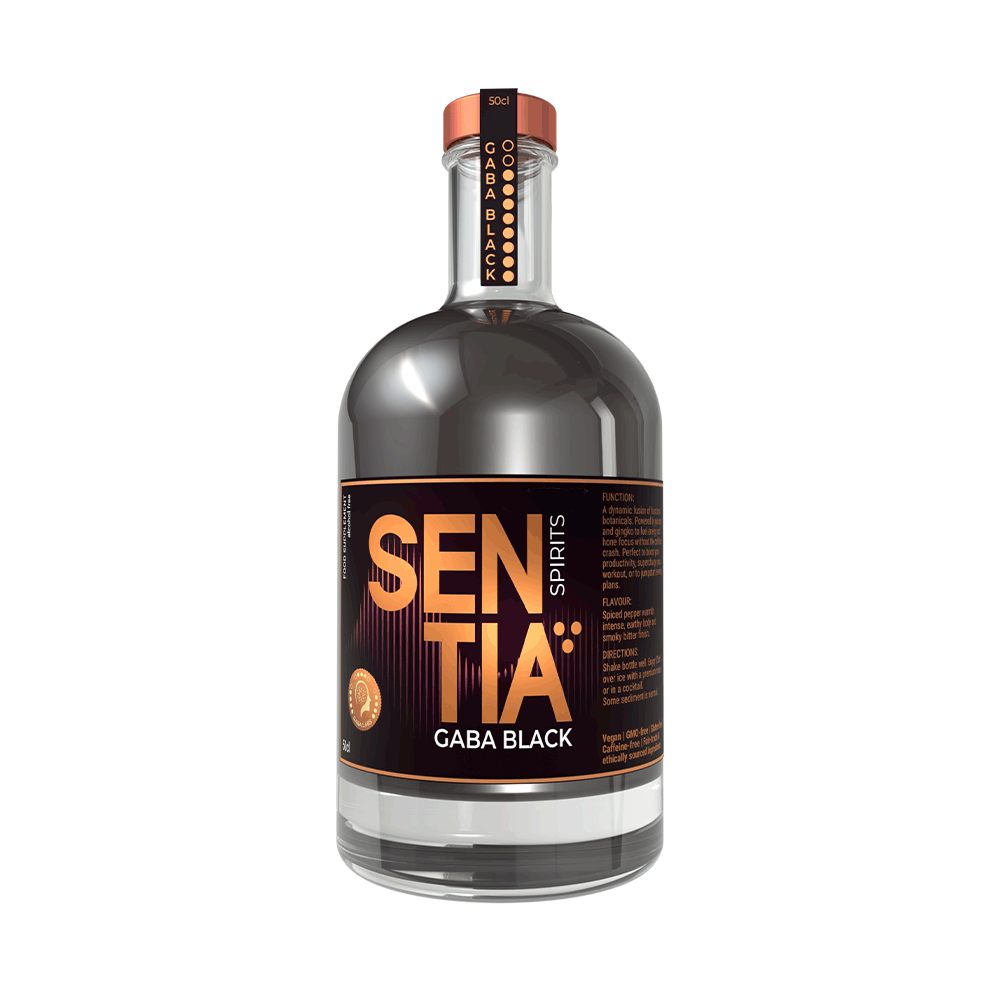
The Neuroscience of Happiness
What is the secret to a life brimming with joy and satisfaction?
Or if that sounds all a bit exhausting, what’s going on in the old noggin when we’re feeling just dandy?
The quest for happiness, a perennial human pursuit, is often depicted as a complex maze with elusive rewards. Yet, neuroscientists have been mapping this labyrinth, unveiling the brain's intricate pathways that lead to our moments of pleasure and contentment.
Deciphering the Map: Hedonia and Eudaimonia
Historically, well-being has been characterized by two main components: hedonia, the experience of pleasure, and eudaimonia, a life of meaning. Understanding how our brains process these elements provides clues to a more sustained happiness. For instance, "hedonic hotspots" in the brain, such as the nucleus accumbens and ventral pallidum, are specialised areas that light up with activity in response to enjoyable experiences like tasting something sweet (assuming you have a sweet tooth). These areas are not just isolated pleasure centres but part of a broader network that orchestrates our emotional responses to various stimuli.
Beyond the Immediate: Sustaining Pleasure
Pleasure transcends mere momentary delights, extending to complex joys derived from social interactions, achievements, and the arts. This broader spectrum of happiness suggests that similar neural circuits activated by basic sensory pleasures also respond to more abstract forms of joy. Thus, the fleeting taste of chocolate and the enduring satisfaction from a well-loved melody might not be so different at the neural level.
The Continuous Ebb and Flow of Well-being
The concept of continuous pleasure leads to a deeper understanding of well-being, which is less about isolated joyful moments and more about maintaining a persistent state of contentment. This idea aligns with the continuous activation of pleasure circuits in the brain, suggesting mechanisms that support a steady flow of positive experiences, an essential aspect of long-term happiness.
Bridging Pleasure and Meaning
Integrating the hedonic and eudaimonic dimensions, the neuroscience of happiness suggests that a balanced life is not merely about accumulating pleasures but also about weaving these pleasures into a meaningful life narrative. This delicate balance might be the key to unlocking sustained well-being.
Neural Underpinnings of Emotional Well-being
Advancements in brain imaging have revealed how regions like the prefrontal cortex and ventral striatum play pivotal roles in experiencing and maintaining positive emotions. These insights underscore the fact that our capacity for happiness is deeply wired into our biology, influencing everything from our everyday mood swings to our broader life satisfaction.
Resilience and Recovery: The Bounce Back
Understanding happiness also involves exploring how we recover from life's inevitable setbacks. The resilience of the human spirit can be traced back to neural mechanisms, such as the amygdala and the prefrontal cortex, which help regulate our emotions and facilitate recovery from negative experiences. Rapid recovery from adversity and the ability to sustain positive emotions contribute significantly to our overall happiness.
The Social Fabric of Happiness: Generosity and Connection
The neuroscience of happiness extends into the social realm, where behaviours like generosity and empathy not only foster individual well-being but also strengthen communal bonds. The brain's reward system activates not just when we receive but also when we give, suggesting that our neural circuitry is designed to derive joy from helping others.
Mindfulness and Emotional Regulation
Mindfulness practices that enhance focus and reduce mind-wandering have shown promising effects on the brain, promoting emotional stability and a greater capacity for joy. These practices alter brain function, enabling better emotional regulation and a more profound connection to the present moment, which is crucial for appreciating life's pleasures.
Implications for a Happier Society
The implications of this research are profound, suggesting that enhancing our understanding of the brain's role in happiness could lead to better strategies for promoting mental health and well-being. By fostering an environment that enhances these neural pathways, from mindfulness training to social initiatives promoting generosity, we can potentially uplift individual moods and create more harmonious communities.
The neuroscience of happiness offers a rich tapestry of insights into how our brains encode, process, and sustain the experiences that make life worth living. It's not just about the joy we find but how we integrate this joy into a meaningful existence. As we continue to explore these neural landscapes, we edge closer to unlocking the full potential of our well-being, making the maze of happiness not just navigable but also enjoyable.

